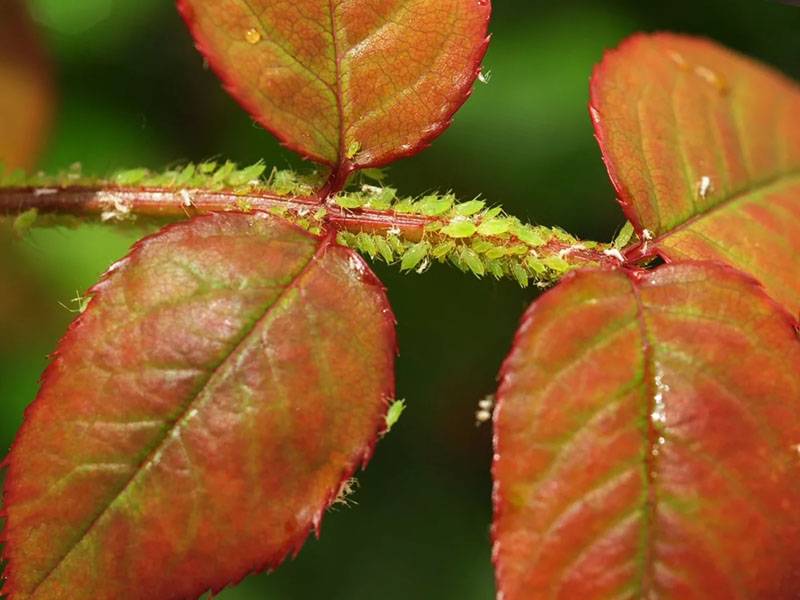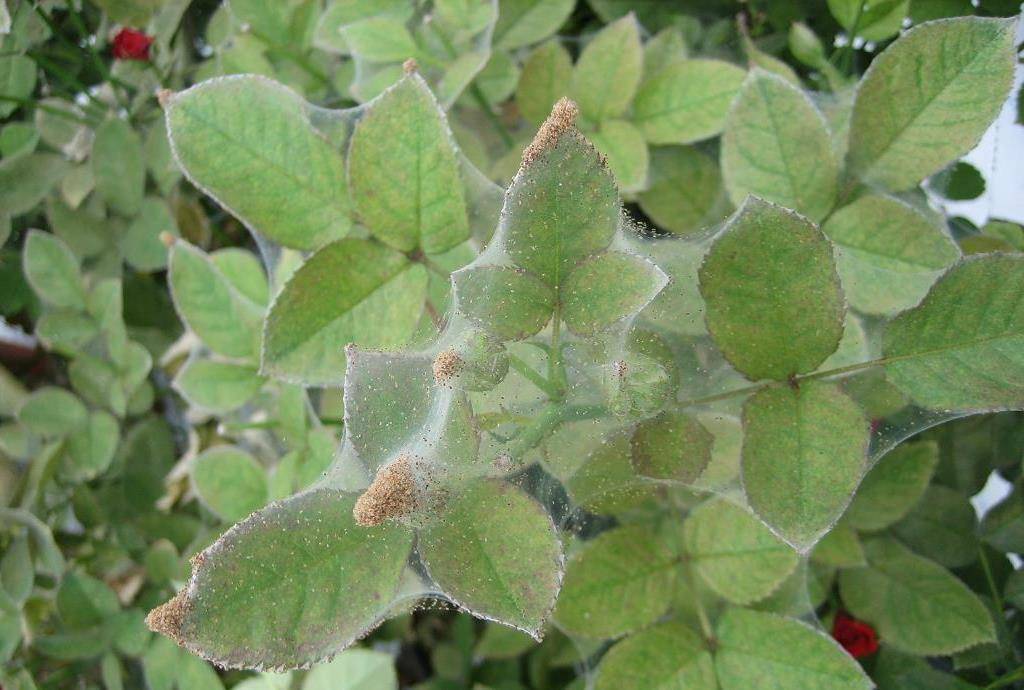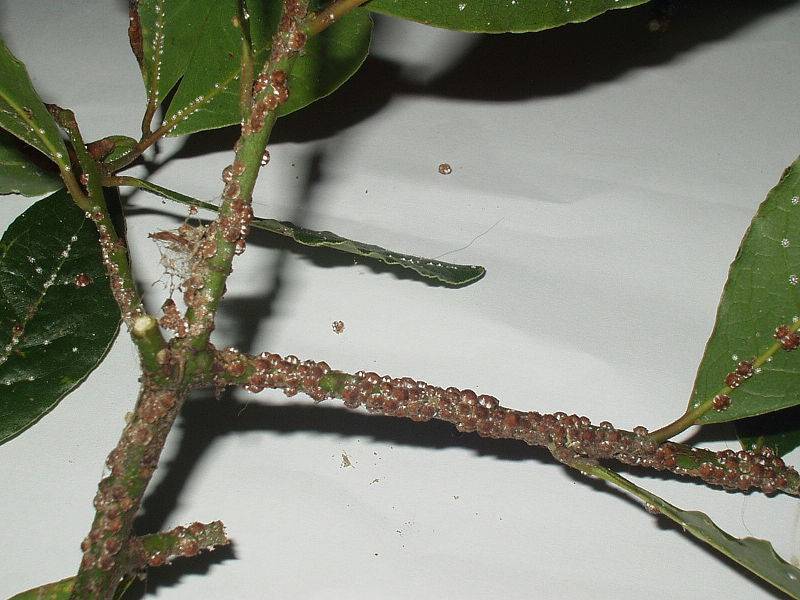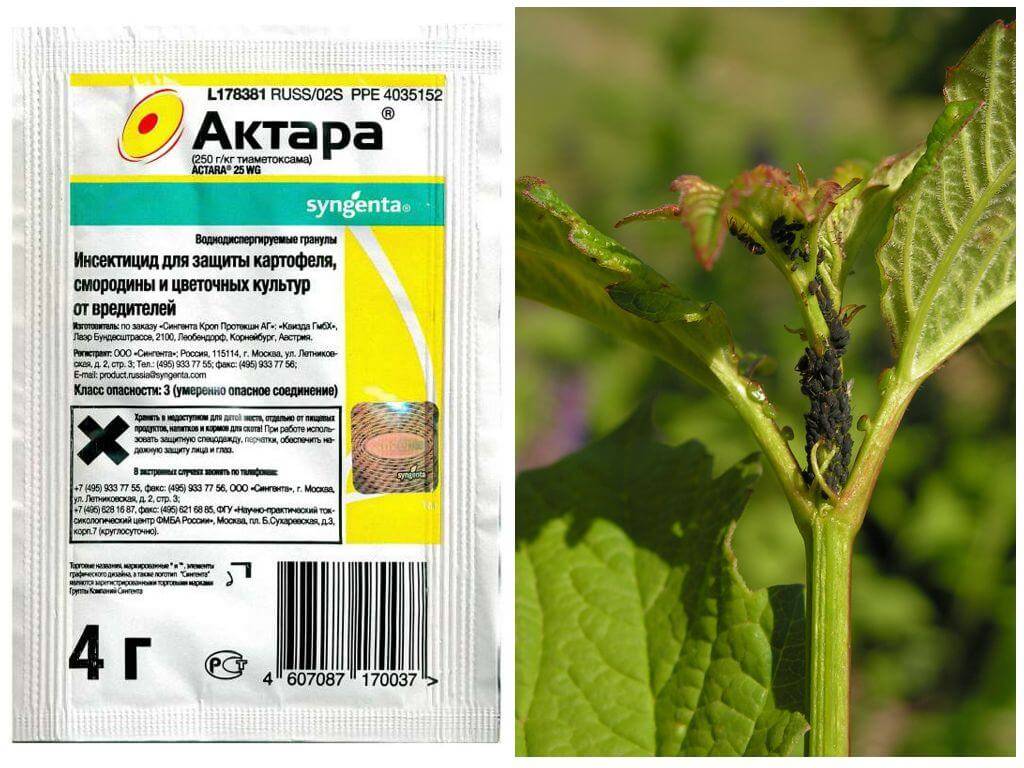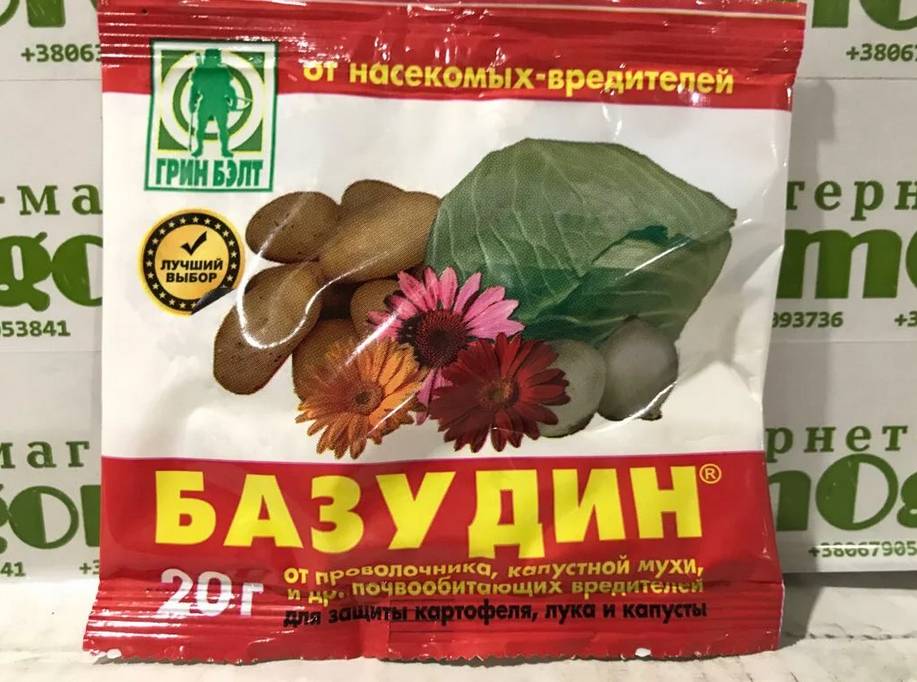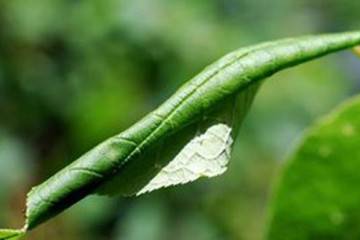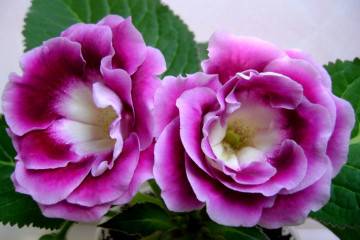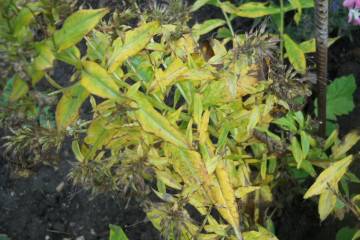Leaves of a rose in a hole - what to do with the problem
Content:
Roses are popular but moody plants. Taking care of them is a real art. Having no idea what to do if holes appear on the leaves of the rose, you need to consult with experienced gardeners. Most likely, the point is in the infection of the plant with pests, the fight against which is worth learning in more detail.
A rose has leaves in a hole - is it normal or not
Roses have a complex leaf structure. In total, there are from 5 to 7 of them on the stem, but there are roses with a large number of leaves, in some species there are 12-15 of them. The variety also affects the surface quality of the green part of the plant. Leaves can be dull, glossy, wrinkled, high or low gloss. The color scheme is no less varied - from light green to bronze.
If the leaf has changed its structure, was light and darkened, shrunk, holes or specks appeared on it, it's time to think about treating the plant with fungicides or insecticides. Black specks and holes cannot form without reason. This is a sign of a disease or pest attack on the bush.
Why is this happening, the causes of the problem
The holes in the leaves are the merit of aphids, scale insects and other parasitic insects that migrated to a bush weakened due to lack of proper care. Sometimes several types of pests settle on roses at the same time. You need to know in detail about the method of destroying each of them, especially if there is a real rose garden in the garden.
Aphid
This small, fast-breeding insect settles on young shoots and unopened buds. A plant eaten by aphids becomes easy prey for other pests, cannot resist diseases provoked by viruses and bacteria, and dies.
Huge colonies of aphids live on the bush. You can find them on the inside of the leaves, the peduncle and inside the bud. Females do not have wings, they are not so dangerous. But the larvae laid by them eat huge holes in the greenery, feed a lot and constantly, become capable of reproduction already on the 10th day of life.
Spider mite
Few gardeners manage to notice a spider mite on plantings at the time of its appearance. This small arthropod pest has an almost transparent body, colored greenish-yellow. This color allows the tick to remain invisible not only to humans, but also to other insects and birds.
Ticks feed on plant juices, preferring young shoots to old ones. They reproduce throughout the summer and are capable of causing serious damage to green spaces, eating them. Deprived of the life-giving forces they need, the leaves curl, become covered with a network of small holes. Nothing can be done, you will have to cut off or destroy the entire plant.
Leaf roll
Insect from the family of butterflies with bristly or finely ciliated antennae (males). Extremely nondescript, but very harmful to plants. With the onset of autumn, the leafworm lays many eggs.In spring, yellowish-brown caterpillars hatch from them. They feed on the buds and leaves of roses, which is why they curl up into a tube and become covered with small holes.
A small number of tracks are disposed of manually. If there are many of them, the bushes are treated with special preparations, not allowing the caterpillars to turn into butterflies and lay eggs again.
Shield
One of the most dangerous pests in the garden, belongs to the family of worms. The insect is small, it is difficult to spot single specimens. Scabbards cover the leaves with a sticky bloom. In fact, it is not they themselves that are dangerous, but this raid. Deprived of oxygen, green leaves of plants become vulnerable to viruses and bacteria.
To get rid of the pest, you have to work hard. Chemical preparations or folk remedies almost do not act on a harmful insect. Spraying won't help.
The gardener will have to take a soft cloth or sponge, soak it in soapy water, and use it to wipe each leaf. If there is only one rose in the garden, then this will not cause problems, but it will be difficult to cope with the infection of the rose garden with scabbards.
Rose cicadas
The insect is able to fly from plant to plant. He has an elongated body and yellowish-green wings. Pests gnaw the leaves, and the larvae laid by them feed on the plant sap, which leads to its yellowing and wilting.
Finding the rose leafhopper on the leaves is simple. They become covered with yellowish-white spots and holes. There is no effective method of pest control. The infected parts of the plant are destroyed, the rest are treated with various preparations poisoning the leafhopper and its larvae.
What to do in this situation, what can be processed from chemicals
Each gardener has his own tricks to help him protect plants from pest attacks. Some use exclusively purchased drugs, others trust folk remedies more. But the origin of a substance capable of destroying, for example, a spider mite is not so important, the main thing is the achieved effect.
Rose bushes and surrounding plants are treated with one of the chemicals described below.
Aktara
This is a new generation insecticide. It is used for spraying and cultivating the soil under bushes. Effectively protects against 100 varieties of insects harmful to roses and other plants. Release form - tablets, granules, powder or suspension. It dissolves in warm water up to +25 degrees Celsius and above.
Aktara not only destroys insects, but improves the appearance of roses, helps to accelerate their growth. Valid for 1-2 months after processing. If a shield appears on the roses, you need to immediately use Aktara. Resistance to it in pests does not develop, it begins to act 30-40 minutes after the contact of the insect with the part of the plant covered with the substance.
Calypso
The insecticide, sold in vials, is a white liquid suspension. Suitable for processing plants from spring to autumn. With this addiction is not observed, Calypso can be used to protect roses from aphids or leaf rollers annually. The remedy works for 2-4 weeks.
Suitable mainly for neutralizing insects feeding on leaves and flowers. It is necessary to spray after diluting the suspension in water according to the instructions. The procedure is carried out in the morning or in the evening. At the same time, the leaves should be dry, if dew has fallen, it is waiting for its evaporation.
Bazudin
The insecticide affects mainly soil-dwelling pests. But it also kills aphids and other leaf-eating insects. The drug is absorbed by the plant along with moisture and nutrients, penetrates into the pest's esophagus and poisons it.
Bazudin is produced in the form of a granular powder, placed in bags of 30 g. The resulting solution from one bag is treated up to 20 sq. meters. It is dangerous for fish, but harmless for other living creatures. Provides plants with up to 45 days of pest protection.
To combat leaf-eating thrips, weevils or common earwig, use:
- Topaz;
- Fufafon;
- Gamair.
Having no idea how and what to process the bushes, you need to turn to professionals. You can provide all possible assistance in choosing an effective remedy in a flower shop. Most of the insecticides are sold there.
Folk remedies
Household tools help to cope with leaf and earth pests, for example:
- Garlic. 200 g of garlic, without peeling, is chopped. The resulting mass is poured into 1 liter of water and left to infuse on 5 of it. Shake the container with the insecticide being prepared once a day. Dissolve 100 g of the finished mixture in 5 liters of water and moisten a sponge in the resulting solution, wipe the leaves of the plant with them.
- Soap solution. Laundry soap in the amount of 2-3 tbsp. Dissolve in 1 liter of water, add 50-100 g of ash and spray the resulting mixture of the plant.
To destroy aphids and spider mites, meshes prepared on the basis of onions, red pepper, tobacco or bitter wormwood are also used.
Pest prevention
You will have to take care of the roses throughout the growing season. It is necessary:
- weed the plot regularly, removing weeds that are the habitat of pests;
- loosen the soil, huddle bushes;
- Spray the soil and bushes with a weak solution of potassium permanganate once a month;
- water the roses after the soil has dried;
- spray roses with Nitrofen solution until the buds swell (200 g per 1 liter of water);
- feed (up to 3 mandatory feedings).
To protect the rose garden from parasites, plants that attract birds, as well as flowers that repel insects, are planted next to it. If, when examining the bush, damaged stems and leaves are found, they are removed, the plants are treated with insecticides.
Roses are tricky enough for beginners to grow. They often get sick for a long time, they can be reborn into a rose hip. Flowers and leaves are favored by aphids, spider mites and other pests. If the leaves have a hole in the rose, what to do must be decided quickly. In most cases, plantings have to be destroyed or stocked up with insecticides and treated regularly.
